Best Companion Plants For Blackeyed Susans
Black-Eyed Susans: The Perfect Companion Plants
Black-eyed Susans are a cheerful and versatile perennial that can add a pop of color to any garden. They are also relatively easy to care for, making them a great choice for beginner gardeners. But did you know that black-eyed Susans can also benefit from the company of other plants?
That's right, companion planting is a great way to boost the health and productivity of your black-eyed Susans. By planting them with compatible plants, you can help to deter pests, attract pollinators, and improve the overall health of your garden.
In this blog post, we will discuss some of the best companion plants for black-eyed Susans. We will also provide tips on how to plant and care for these plants together.
What are Companion Plants?
Companion planting is a gardening technique that involves planting certain plants together to benefit each other. Some plants can help to repel pests, while others can attract beneficial insects. Some plants can also help to improve the soil conditions or provide shade.
When choosing companion plants for black-eyed Susans, it is important to consider the plants' needs and requirements. Black-eyed Susans prefer full sun and well-drained soil. They are also relatively drought-tolerant.
The Best Companion Plants for Black-Eyed Susans
Here are some of the best companion plants for black-eyed Susans:
- Marigolds: Marigolds are a classic companion plant for black-eyed Susans. They help to repel pests, such as aphids and Japanese beetles. They also attract pollinators, such as bees and butterflies.

- Yarrow: Yarrow is another great companion plant for black-eyed Susans. It helps to deter pests, such as deer and rabbits. It also attracts pollinators and helps to improve the soil conditions.

- Bee balm: Bee balm is a beautiful and fragrant herb that attracts pollinators. It also helps to improve the soil conditions.
- Coneflowers: Coneflowers are another type of daisy that is native to North America. They attract pollinators and help to deter pests.
- Lavender: Lavender is a beautiful and fragrant herb that helps to repel pests. It also attracts pollinators.

- Asters: Asters are a type of daisy that blooms in the fall. They attract pollinators and help to improve the soil conditions.
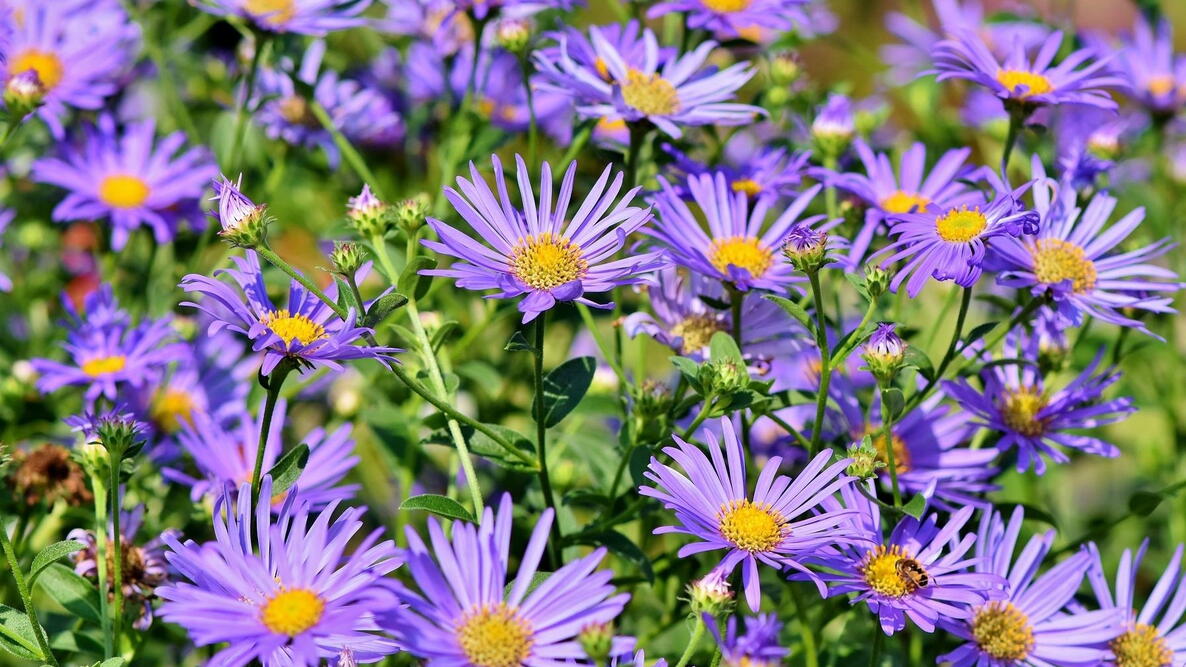
- Zinnia: Zinnias are a colorful flower that blooms in the summer. They attract pollinators and help to improve the soil conditions.
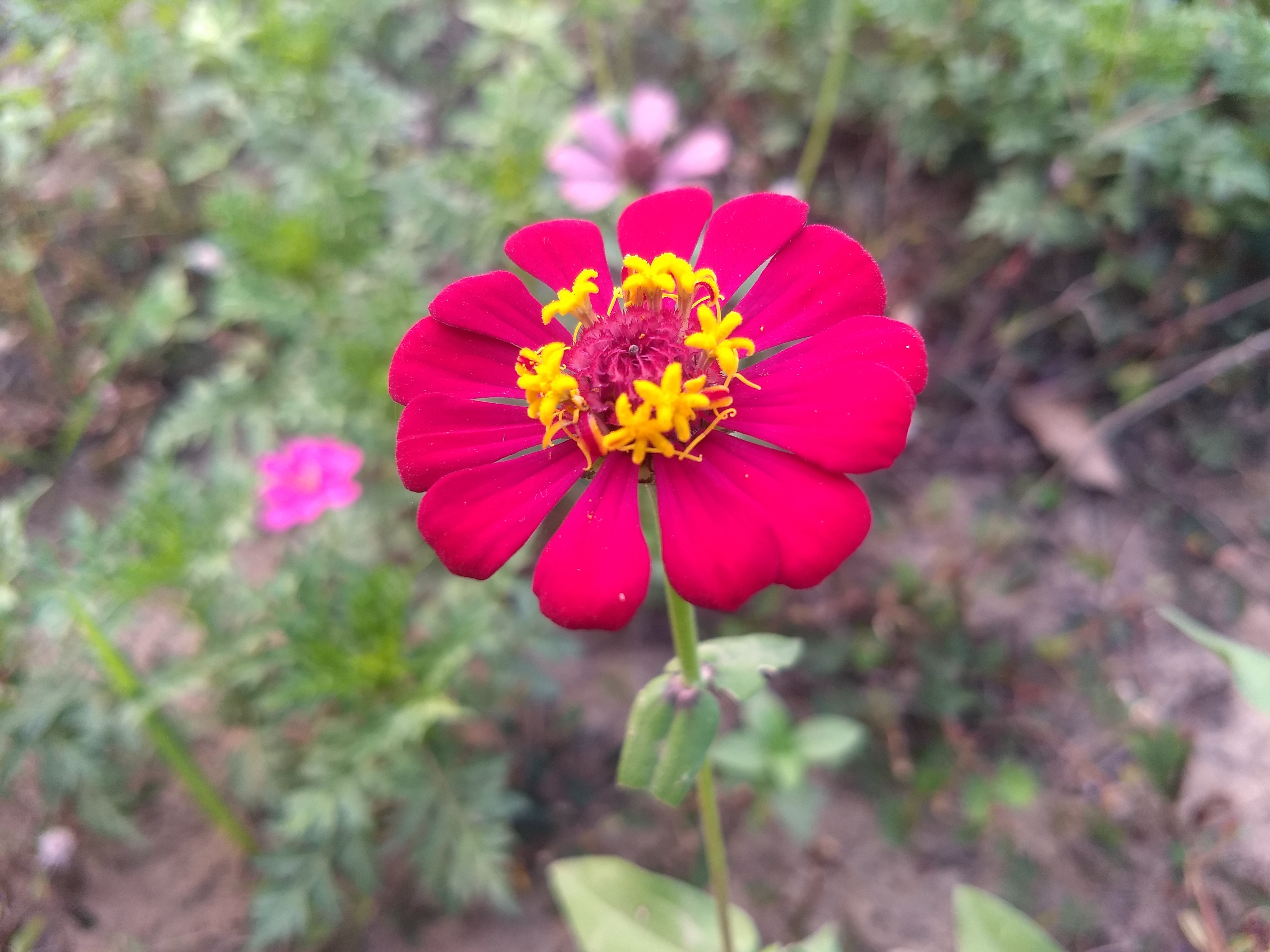
- Blanket flowers: Blanket flowers are a type of daisy that blooms in the summer. They attract pollinators and help to improve the soil conditions.
How to Plant and Care for Black-Eyed Susans and Their Companion Plants
When planting black-eyed Susans and their companion plants, it is important to space them properly. Black-eyed Susans should be spaced about 18 inches apart, and their companion plants should be spaced according to their individual needs.
All of these plants prefer full sun and well-drained soil. They are also relatively drought-tolerant. However, it is important to water them regularly during the first few weeks after planting.
To help deter pests, you can mulch around your plants with organic matter, such as wood chips or bark. You can also remove any weeds that may compete with your plants for water and nutrients.
Black-eyed Susans and their companion plants are relatively low-maintenance plants. However, you may need to deadhead the flowers to encourage more blooms. You may also need to divide the plants every few years to keep them healthy and productive.
Conclusion
Companion planting is a great way to boost the health and productivity of your black-eyed Susans. By planting them with compatible plants, you can help to deter pests, attract pollinators, and improve the overall health of your garden.
The plants listed above are just a few of the many companion plants that you can choose from. With a little research, you can find the perfect combination of plants to create a beautiful and thriving garden.
Black-eyed Susans are a beautiful and versatile flower that can add a touch of color to any garden. But did you know that there are certain companion plants that can help them thrive?
The right companion plants can help black-eyed Susans by:
*Attracting pollinators, such as bees and butterflies, which help to pollinate the flowers and produce more seeds. *Repelling pests, such as aphids and spider mites. *Providing shade and shelter from the hot sun. *Improving the drainage of the soil.
If you're looking for companion plants for your black-eyed Susans, I recommend checking out Garden Wiki. This website has a comprehensive list of companion plants, along with information on the benefits of each plant.
FAQ of companion plants for black eyed susans
- What are some good companion plants for black-eyed Susans?
Black-eyed Susans are relatively easy to grow and can be paired with a variety of other plants. Some good companion plants include:
* Zinnias: Zinnias have similar growth requirements to black-eyed Susans and bloom at the same time, so they make great companions. They also attract pollinators, which can help to improve the pollination of both plants.
* Coneflowers: Coneflowers have similar flower colors to black-eyed Susans and can add height and interest to a garden. They also attract pollinators and deer-resistant.
* Yarrow: Yarrow is a hardy plant that can tolerate poor soil conditions. It also attracts pollinators and deters pests.
* Blanket flowers: Blanket flowers have bright, daisy-like flowers that bloom in the summer. They are drought-tolerant and attract butterflies and bees.
* Russian sage: Russian sage is a tall, airy plant with blue flowers. It blooms in the summer and attracts butterflies and bees.
- What are the benefits of companion planting with black-eyed Susans?
There are several benefits to companion planting with black-eyed Susans. Companion plants can help to:
* Improve pollination: Companion plants that attract pollinators, such as zinnias and coneflowers, can help to improve the pollination of black-eyed Susans. This can lead to increased flower production and seed set.
* Deter pests: Companion plants that deter pests, such as yarrow and Russian sage, can help to protect black-eyed Susans from insects and other animals.
* Improve soil health: Companion plants that improve soil health, such as clover and beans, can help to provide nutrients and improve drainage for black-eyed Susans.
* Add interest to the garden: Companion plants that come in a variety of colors, heights, and textures can add interest and diversity to a garden.
- How far apart should black-eyed Susans and their companion plants be planted?
The spacing requirements for black-eyed Susans and their companion plants will vary depending on the specific plants involved. However, as a general rule, black-eyed Susans should be spaced at least 18 inches apart, and their companion plants should be spaced at least 12 inches apart.
- When should I plant companion plants with black-eyed Susans?
Companion plants can be planted with black-eyed Susans in the spring or fall. If you are planting in the spring, wait until the soil has warmed up to at least 60 degrees Fahrenheit. If you are planting in the fall, plant before the first frost.
- How do I care for black-eyed Susans and their companion plants?
Black-eyed Susans and their companion plants are relatively easy to care for. They need full sun and well-drained soil. They should be watered regularly, especially during hot, dry weather. They may need to be deadheaded to encourage continued blooming.
Image of companion plants for black eyed susans
Here are 5 different images of companion plants for black eyed susans:
- Zinnia is a colorful annual that blooms in the summer. It attracts butterflies and other pollinators.
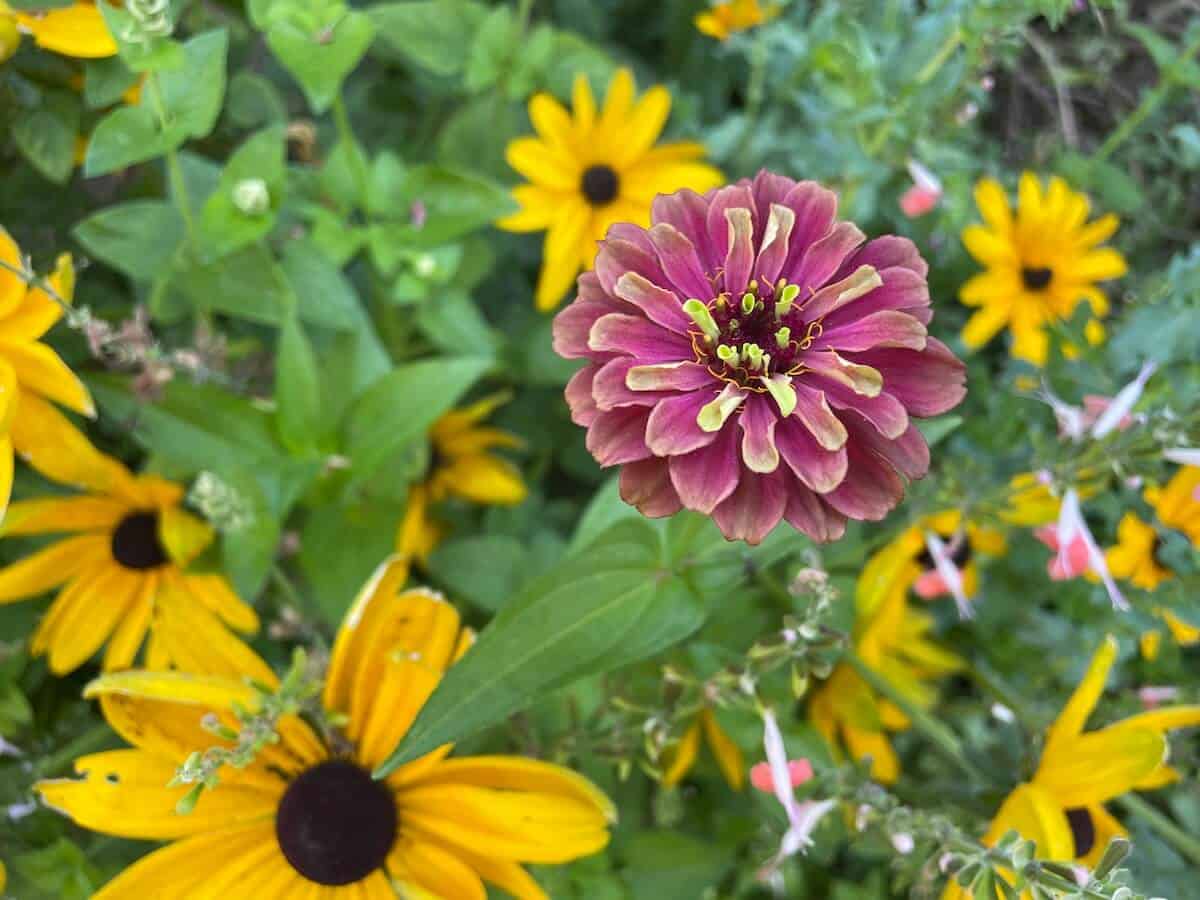
- Globe thistle is a tall, spiky perennial that blooms in the summer. It attracts butterflies and other pollinators.
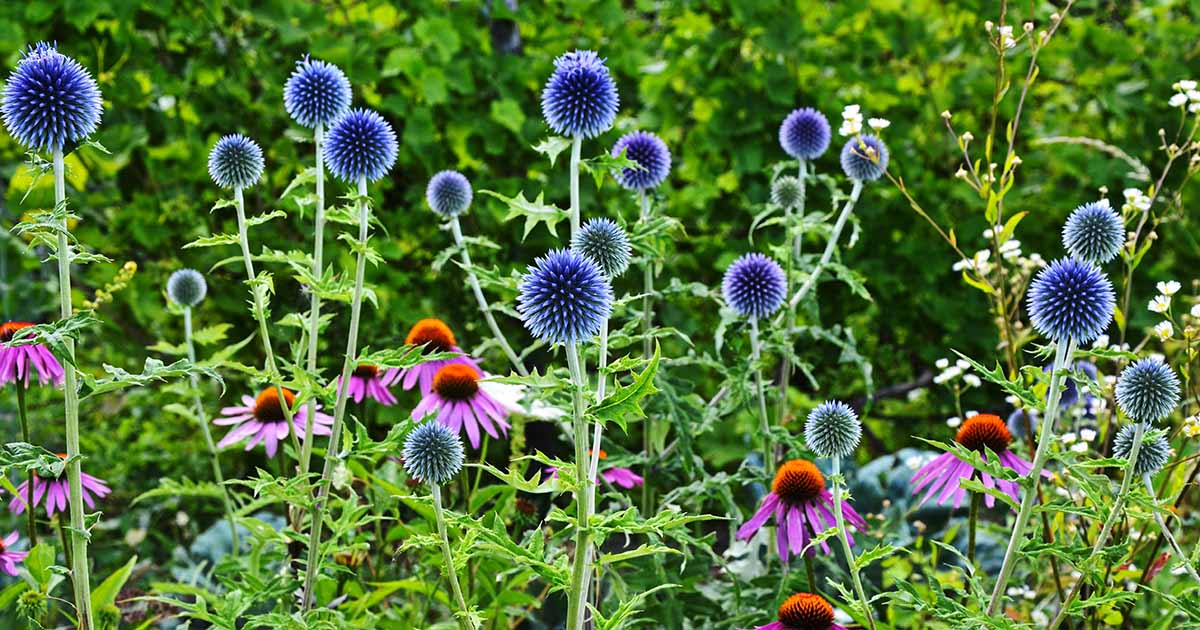
- Sedum is a low-growing succulent that blooms in the summer. It is drought-tolerant and can help to prevent erosion.
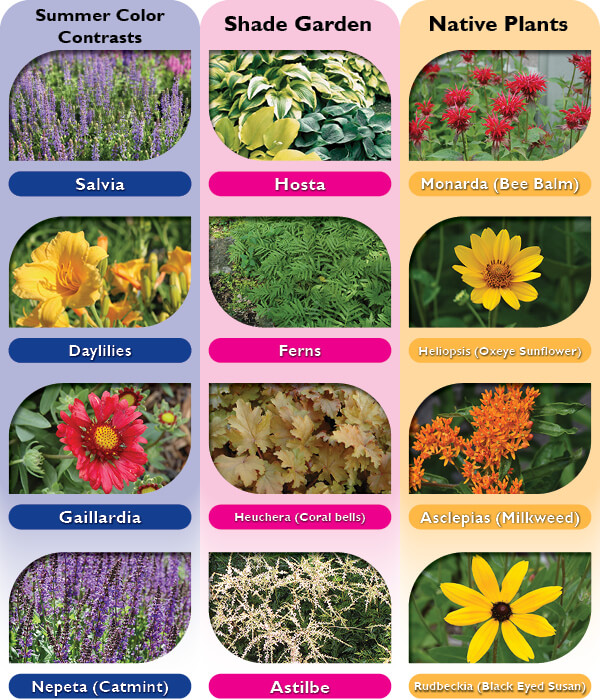
- Perennial hibiscus is a large, tropical-looking perennial that blooms in the summer. It attracts butterflies and hummingbirds.

- Echinacea is a tall, spiky perennial that blooms in the summer. It is known for its medicinal properties.
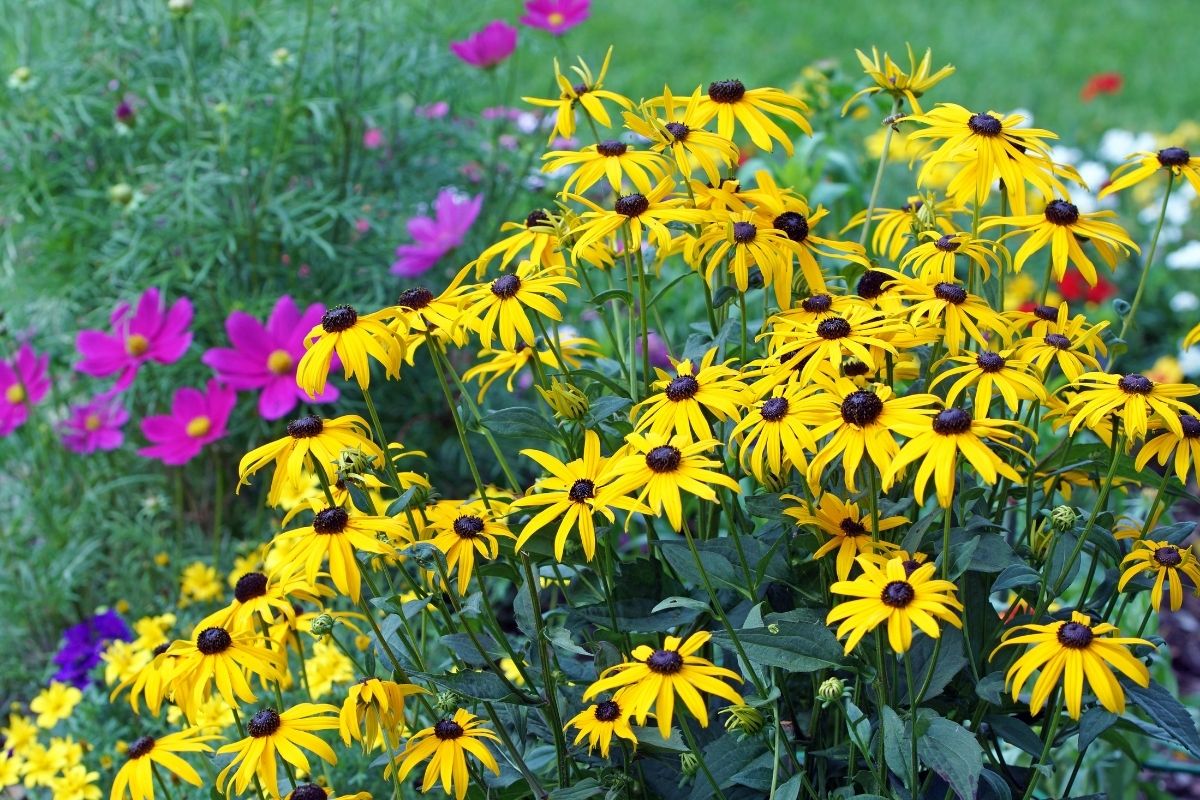
Post a Comment for " Best Companion Plants For Blackeyed Susans"